Thong Market. The name has evoked a number of different opinions about its origin. If Thong means pine tree, then no village or hill in this area has pine trees, whether many or few. Some people also say that this is the connecting section between two canals (in the early years of King Gia Long's reign, Bach Yen River was connected to a branch above). The old people in Huong An said that when the river had not been connected, the branch of the river flowing through An Van was also called Cung River. This river wharf was called Cung wharf and Thong Market was then called Cung Market by the people of this area. Seeing that, this explanation seems more reasonable. A short distance past the market, there is Cho Thong Bridge leading to the village fields. From here, looking towards Ru Vi, one can clearly see Phuoc Duyen Pagoda in the shadow of the clouds and the rolling mountains. The residential area on this side is just a few steps across the bridge to reach the market.
With a favorable location, this is more or less considered a trading point between neighboring countrysides: An Hoa, Nham Bieu, Luu Bao, An Van, Bon Pho... Therefore, in addition to technological products, most of the food brought for sale is grown and caught from the fields, gardens, and rivers of the surrounding villages (later expanded due to some goods being traded from the wholesale market). Hand-processed foods such as tofu, fresh vermicelli, rice paper, wet rice paper... are all produced by households in the village. The old ladies carefully collect each bunch of clean vegetables in the garden after picking them up early in the morning. The baskets containing a few bunches of turmeric, ginger, onions, garlic... are small but enough to brighten the gentle smile on the face of the old mother who has plowed deeply into the years. "Good vegetables are thanks to the foggy season, there is no need to divide them up! If I can't sell them all, I can bring them home for my whole family to eat!" A gentle smile fell on his wrinkled, veined hands, painstakingly working on the small pile of goods.
The market does not open early and does not close late, because the needs of buying and selling in the village market are simple and modest. That simplicity is not only closely associated with the daily life of the villagers, but also has a long-lasting attraction for many people from far away who have been to the market once, and will definitely find a way to return many times.
The special thing that makes visitors from far away wonder is that the market is only that small, but the food stalls are quite rich. In front of the market, right next to the road, there are baskets of corn, cassava, taro, and even bananas, cooked next to jackfruit, pineapple, coconut, peanuts... Every season, it paints rustic colors that make people from far away nostalgic. Even though the goods are divided into lots, there are still very natural "innovations". A stall selling breakfast dishes "runs" to the front of the market gate with an unrelated item:... hats, a thick three-layer hat for people working in the fields or going to the market with a plastic brim, suitable for the laborers in the village. The food stalls in the market occupy a long row invitingly before the eyes of the market goers: vermicelli with fish sauce, vermicelli with turmeric, sticky rice, porridge, all kinds of banh beo, nam, loc, then all kinds of sweet soup, tofu...
What could be more enjoyable than starting the market with a warm stomach and a bright face for both sellers and buyers? Especially, the light and heavy breakfast dishes of all kinds serving culinary tastes are all very affordable. Just over or under ten thousand, you can enjoy the taste of breakfast at the village market. Not only snacks, but everything here from vegetables to meat and fish, or any necessary food, buying little or much is also warmly welcomed. Just that, the unique features of Thong market have skillfully captivated the footsteps of anyone who has ever come to this riverside market...
Source













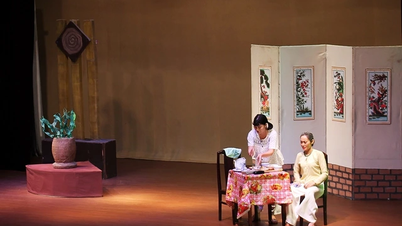







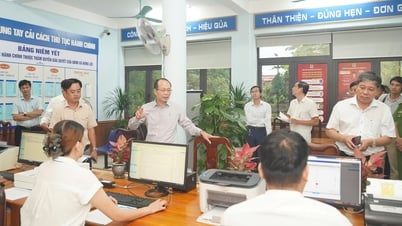

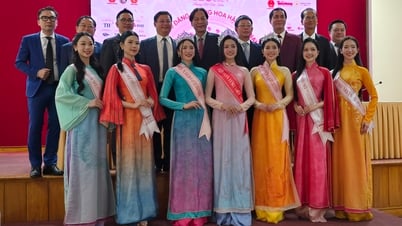
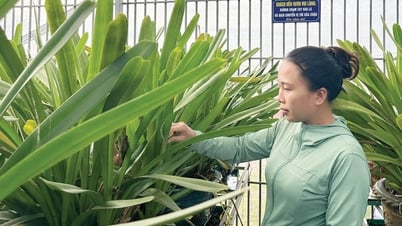



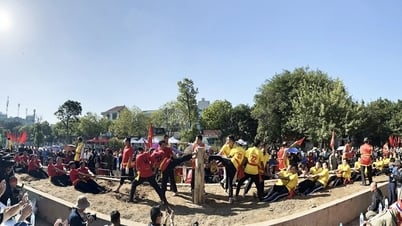






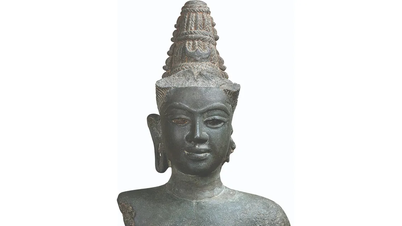

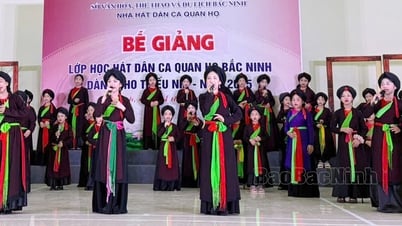








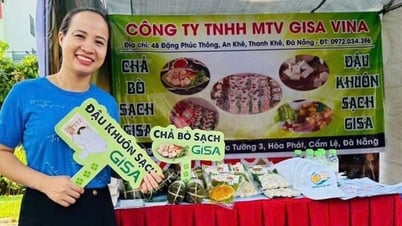


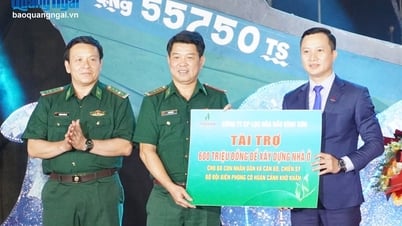









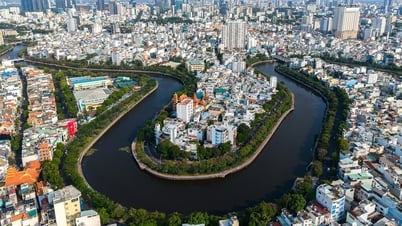
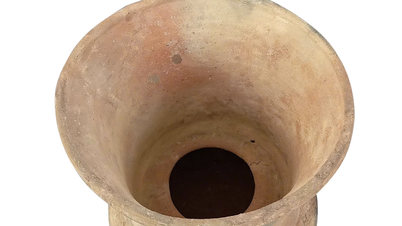



![[Infographic] Circular guiding the functions, tasks and powers of the provincial Department of Culture, Sports and Tourism and the commune-level Department of Culture and Social Affairs](https://vphoto.vietnam.vn/thumb/402x226/vietnam/resource/IMAGE/2025/6/29/877f24989bb946358f33a80e4a4f4ef5)

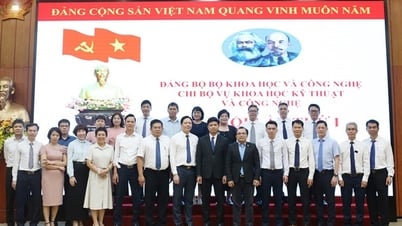


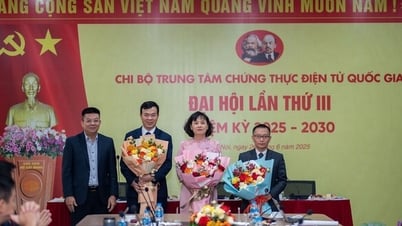




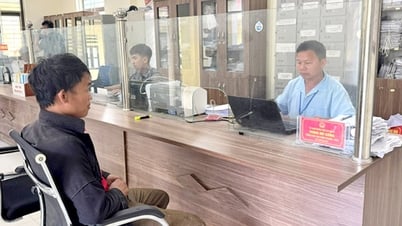


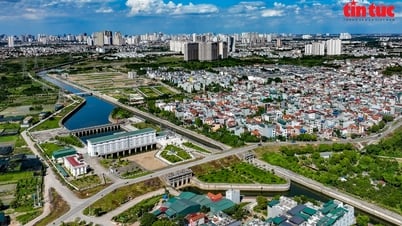

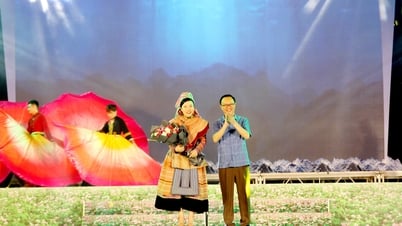
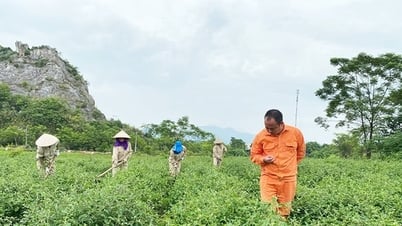











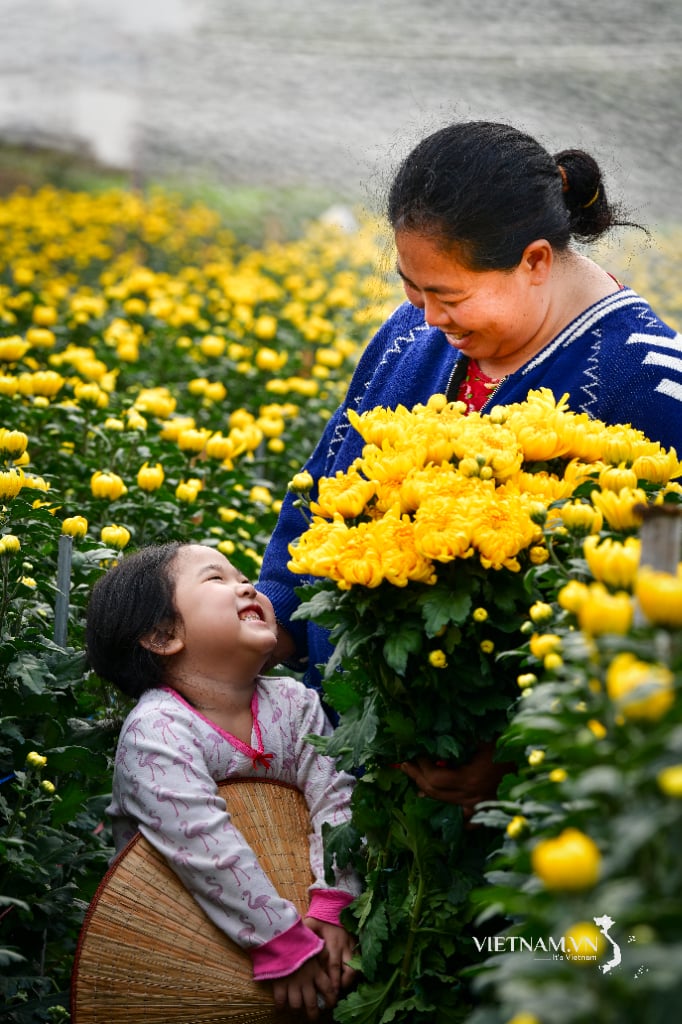
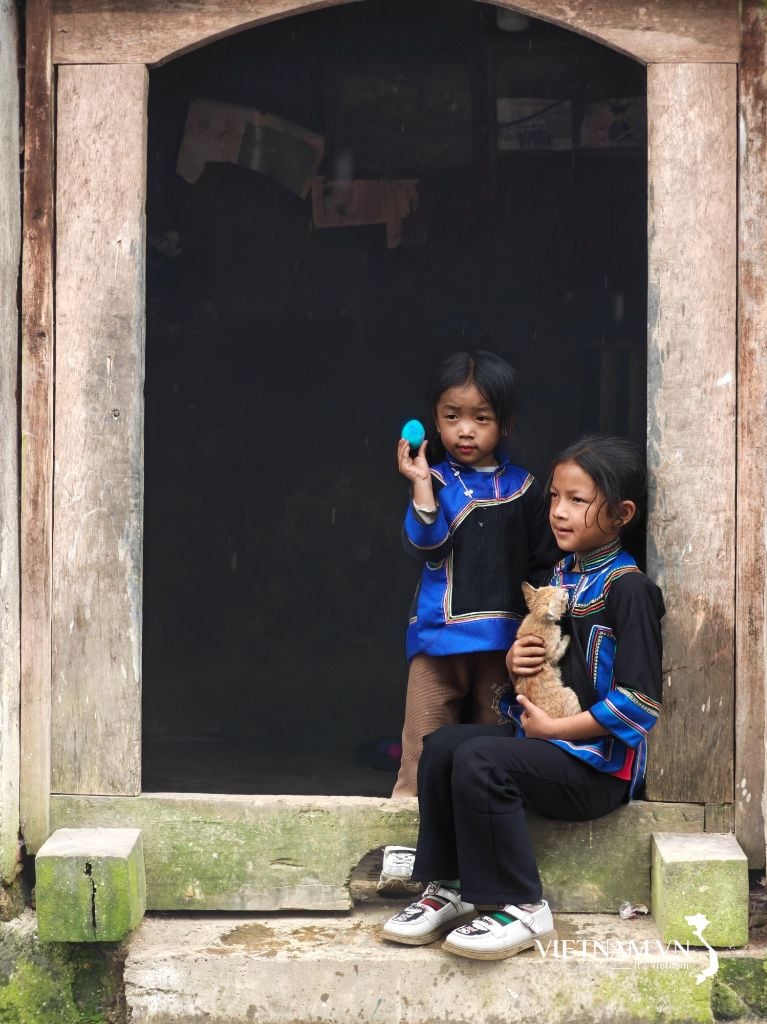


Comment (0)